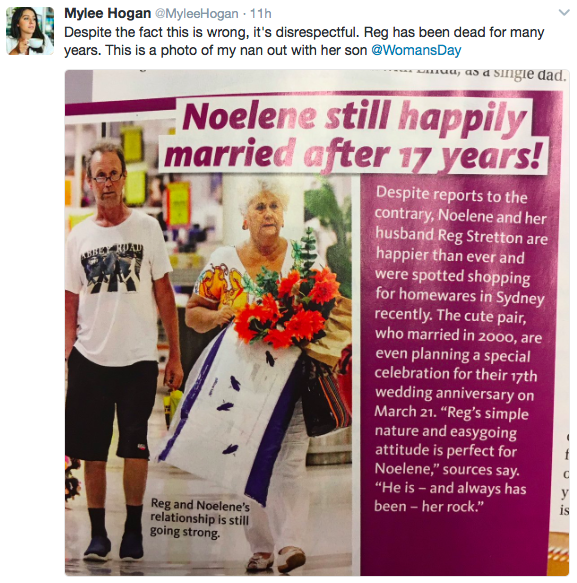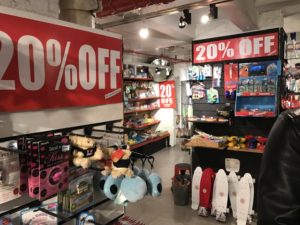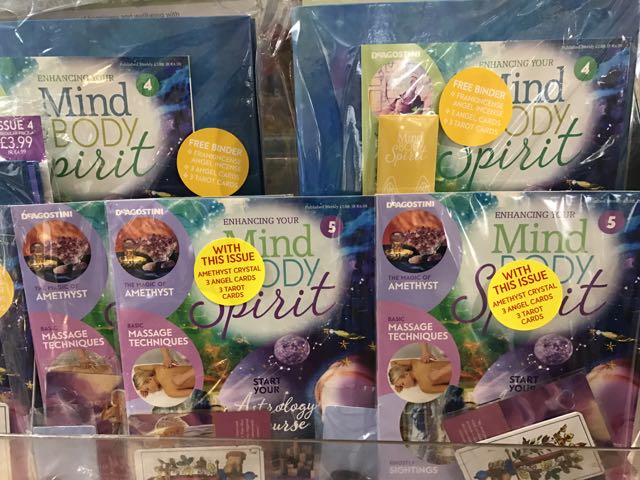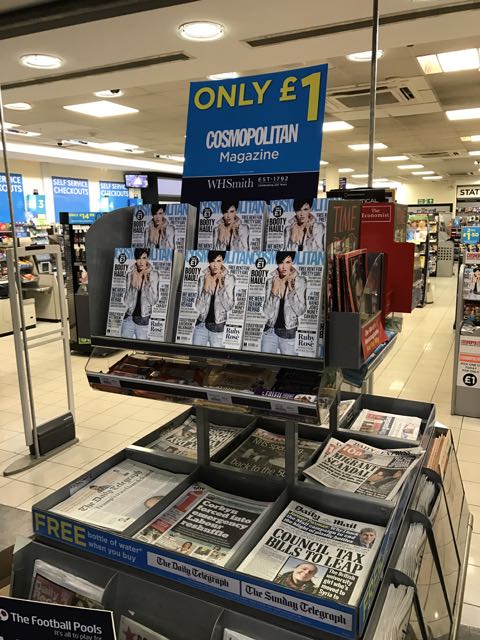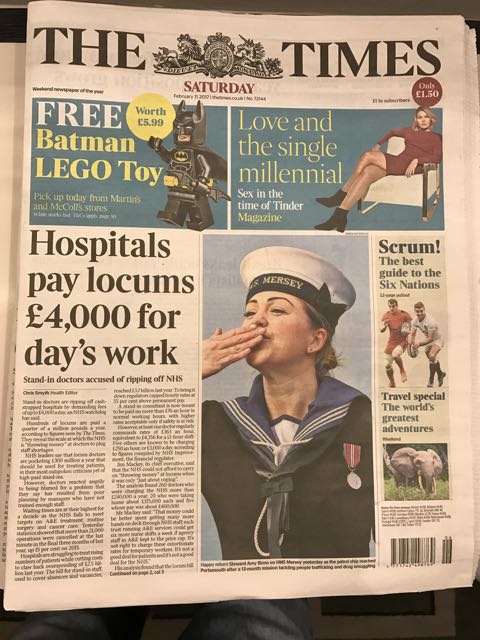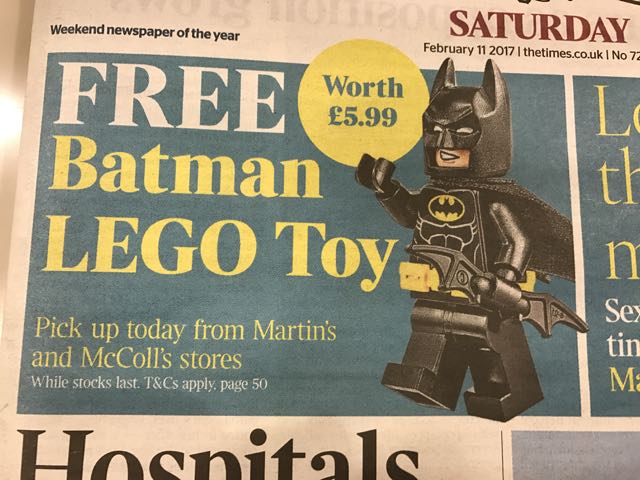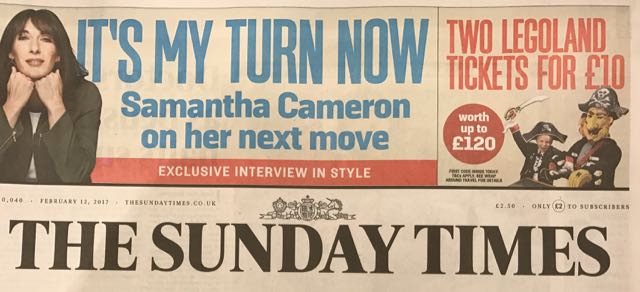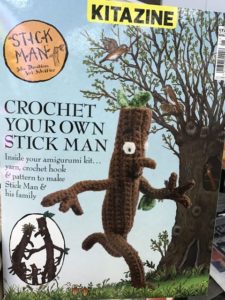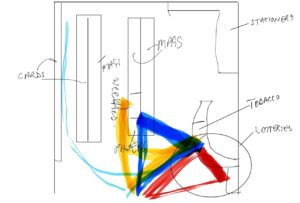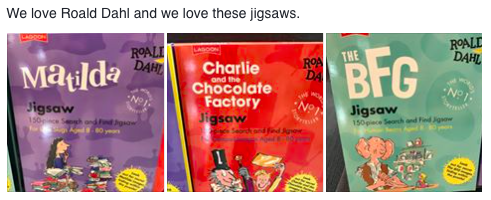What should newsagents do about those who ignore publisher promotion rules?
Last week I received an anonymous note following my posts here about people selling newspaper promotion sets online. In the email, the correspondent included banking and address details which I have edited of the post below. I am happy to share these details with publisher folk to investigate:
Hi Mark,
I’m a fellow newsagent and a follower on your blog, your recent posts regarding a select few rouge agents selling magazines on eBay drew my attention.
I have done some investigating and hope you can forward my findings to the relevant suppliers and stop this behaviour.
Excuse the long email as I outline my findings.
One seller in particular I noticed is prolific at selling News Limited Promotions and other current magazines often at below cost price, with free delivery.
Link to this seller’s profile:
http://www.ebay.com.au/sch/auton_goyck/m.html?I couldn’t find much initially, the item locations are mainly Carlton VIC, with a few others listings stating Sydney which are likely false too to throw off suspensions from News Limited.
Examples of the listings include the Roald Dahl Full set.
http://www.ebay.com.au/itm/The-MARVELLOUS-ROALD-DAHL-LIBRARY-set-14-books-case-advisor-courier-mail-/252760717924
We’re not allowed to sell without tokens and this eBay seller is selling for $39.99 inc postage.AFL Season Guide
http://www.ebay.com.au/itm/NEW-AFL-Record-Season-Guide-2017-By-Michael-Lovett-Paperback-Free-Shipping-/252762339055?
RRP $40 – Selling for $29.99 inc postagehttp://www.ebay.com.au/itm/OUR-WORLD-IN-CHARTS-UNDERSTANDING-THE-ECONOMY-MONEY-ALAN-KOHLER-/252688189246
RRP $30 – selling for $13 inc postageBy my calculations, with eBay and paypal fees close to 10% and postage for 1-3kg parcel close to $12. This seller must be doing dodgy returns as otherwise the items are being sold way below cost.
I created a fake account and purchased a small item, found the banking details.
In the checkout process, eBay actually linked me to another similar product which I discovered was the same seller with a different account :
http://www.ebay.com.au/sch/32168732/m.html?
This account has over 2300 listings for sale, mostly old magazines dating back to 2013 and around 600 stationary items from GNS all with the item location in Glenroy VIC.
The photos in some of the listings from these 2 accounts share the same floorboard in the background and I found the banking details matched too.
Quick check online showed no recent rental or sale history, presumably this seller own it, can’t really confirm it unless I do a title check but that has a fee.
With the AFL Season Guide I mentioned earlier, I bet not many newsagent’s receive over 12 copies for this title. I’m sure they are able to filter a list of newsagents receiving 12 or more (with a high history of returns) in Melbourne and cross check against Owner’s Names and address.
Hopefully this is enough of a lead to work with and you can forward this to the contacts at News Limited and Gordon Gotch who can do something about it, this character has obviously been around for a while given their feedback history.
There are of course other sellers on eBay selling magazines and promotion items, but none with the same scale and magnitude.
If the outcome from this finding leads to an appropriate action (ie a full audit on the identified newsagency account) , I would be willing to dig through the other sellers and gather more Intel.
Perhaps you can also share this on the blog and enlist some help. I myself do not seek any credit and wish to stay anonymous.
I, too, am concerned about people operating outside the rules when it comes to these promotions. It gives our channel a bad name.
For their part, publishers appear disinterested in what looks like rogue behaviour.
I welcome comments from others on this.

